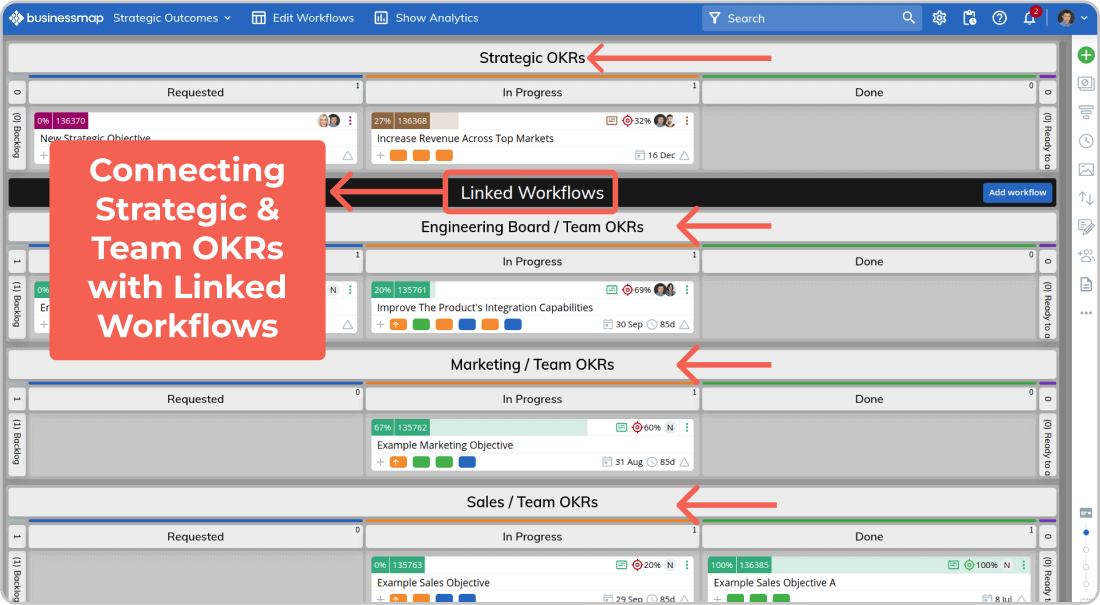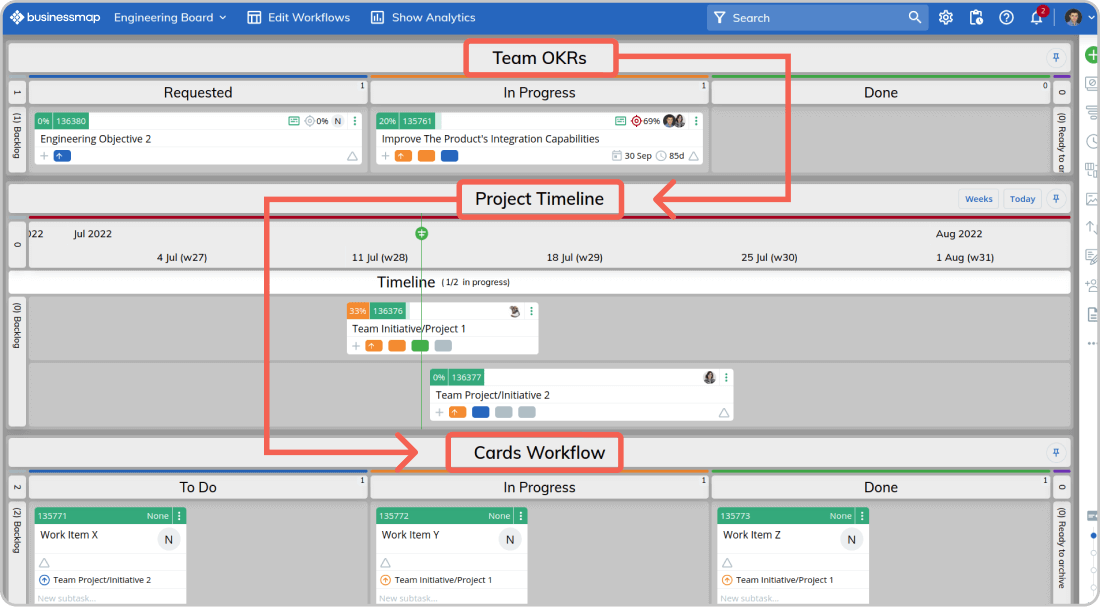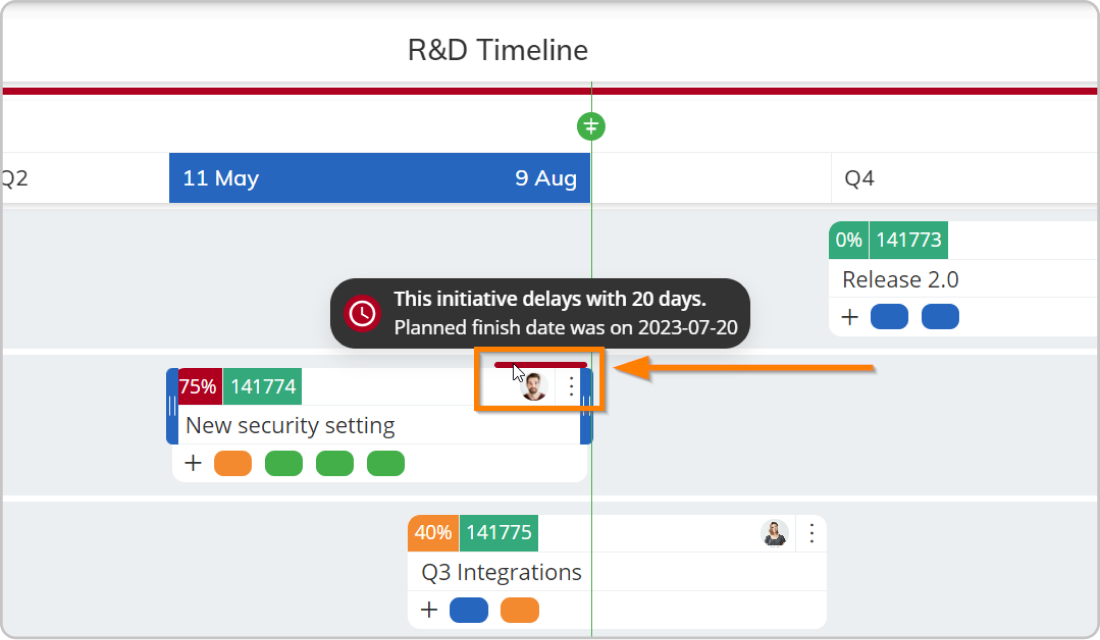Navigating through competing priorities is a daily reality for most of us. I find that prioritizing effectively is not just about ticking off items on a to-do list but understanding the impact of each task on the broader goals of the organization. Every decision I make can ripple through the team, influencing both morale and outcomes. This means taking a strategic approach to what gets done, when, and how.
In my experience, communication and collaboration are key in managing competing priorities. They're the balance between individual workloads and the team's capabilities. Achieving this balance is far from easy. However, it's the crux of achieving team adaptability to new challenges.
Key Takeaways:
- Prioritizing tasks effectively requires understanding their impact on organizational goals.
- Clear communication and collaboration are vital in aligning team efforts with priorities.
- Regular reassessment of priorities helps teams adapt to challenges for sustained success.
Understanding Competing Priorities
I've often seen that clarity on organizational and team priorities is pivotal for achieving goals. It's important to recognize what is truly important to address the challenge of competing interests effectively.
And believe me, there are many challenges:
- Resource constraints and interdependencies between work items.
- Organizational complexity also adds layers of challenges due to the variety of competing priorities at different levels.
- Maintaining quality and morale. Very often high-pressure scenarios can affect both the quality of work and morale, increasing the risk of burnouts and higher employee turnover.
Identifying Key Priorities
It is crucial to identify and communicate key priorities correctly. Everyone has to be familiar with what the top-level priorities are, and this information must be communicated crystal clear.
For this to happen, you need to have a proper system/tool where all priorities, projects, initiatives, and work items are visible. Of course, you can try without one, but believe me, it is a real pain.
Proper tooling allows organizations to automate many processes, eliminate time-consuming annoying tasks (such as status reporting) and align with long-term objectives. This way everyone knows what to do to add value to the key priorities of the organization.
Optimizing Resources
I've learned that effectively managing competing priorities requires a clear understanding of the team's capacity and resources. So, allocate resources depending on the priorities. And be prepared to redistribute tasks or seek additional support to prevent burnout and ensure all important areas receive due attention.
The Misalignment Effect
The misalignment of priorities can have a significant negative impact on any organization's success. It can lead to wasted resources, missed opportunities, and low morale. By regularly reviewing and realigning tasks with strategic goals, you avoid falling into this pitfall. This increases the chances of driving your organization forward to success.
How Do You Handle Competing Priorities? Strategies for Prioritization.
In managing both organizational and team-level challenges, I've found that the art of prioritization hinges on aligning your organization to your strategic initiatives. However, utilizing the right tools and techniques is also essential in this process.
So, let me tell you how we do it.
The right software platform
Choosing a software platform where you can visualize all projects and portfolios and connect company objectives to daily work is the first crucial step toward successful priority management. A reliable platform simplifies work organization, project planning, and resource allocation, making it easier to handle competing priorities.
I bet you will not be surprised that we use Businessmap for this purpose. Of course, you can choose whatever platform you find useful. But whatever your choice is, make sure you get total visibility across all objectives, projects, and work items, so you can align on business goals.
Visualize top-level priorities and connect them to work activities
As I said previously, visibility and alignment are crucial for dealing with priorities successfully. In practice, this is how we do it.

Long story short, in Businessmap, we use Management and Team workspaces to help companies visualize all their high-level initiatives and daily work.
Within Management workspaces, you can create Management boards that can consolidate multiple Management or Team boards together. Think of the Management boards as a way to bring both company objectives/initiatives and team-level goals/projects together. In turn, Team boards are where teams can break down their own objectives into smaller work items as shown on the image below.

This is how everything is connected to top-level priorities, and the whole organization has total visibility across all projects and portfolios.
Priority ranking
To effectively organize your conflicting priorities, it's essential to discern which ones bring the highest value to the business. Not all tasks carry equal urgency, even if they're important. To address this, Businessmap offers a straightforward four-tiered priority system to aid your decision-making:
- Critical: Tasks demanding immediate attention, placed at the top of your to-do list.
- High: Very important tasks requiring swift completion. Prioritize them as soon as possible.
- Average: Work that is classified as "business as usual". These are not critical but still add value to the company's main goals.
- Low: Tasks of lower priority that either demand less time or aren't urgently needed.

Get your priorities sorted
Following the previous paragraph, there is an important detail I have to mention. Having the possibility to visualize your priorities is great, but not enough. When you have hundreds of work items, it is difficult to tell which one has the highest importance at a glance.
So, I would recommend sorting your tasks by priority, like we do in Businessmap. It is easy.

As seen in the image above, sorting your work items based on priority gives you a quick overview, and you know what needs to be done now and what can wait for later.
Use timelines
Proper work management solutions such as Businessmap give you various ways of visualizing work. One of the features that really stands out on our platform is the Timeline workflow.
The Timeline workflow can be a useful tool for dealing with priorities. By visualizing your projects in a roadmap style and breaking them down into smaller work items, you can see what requires your attention. You can also set deadlines for each initiative, which can help you stay on track. Additionally, you can track the progress of your projects and analyze if you're behind schedule, so you can adjust as necessary.

No Matter What, Communication Is Key
Here is the thing. You can have the most powerful work management software and the best-performing teams in the world, but if your organization lacks the wisdom to communicate effectively, it is highly likely to fail in achieving top-priority goals.
The crux of success often hinges on clear communication and effective collaboration, of course.
From my experience there are 3 keys factors for good and smooth communication:
- establishing transparency with stakeholders
- clear communication guidelines
- adaptability and respect
Ensuring Transparency with Stakeholders
To secure trust and manage expectations, I make it a point to communicate openly with all stakeholders involved. This involves providing them with regular updates on project statuses and potential roadblocks. In practice, transparency means keeping everyone up to date so that we’re all on the same page about the current state of affairs. In many companies, this means regular status reporting meetings. However, this is often a waste of time. With Businessmap, we have total visibility across all important initiatives, their progress, priority and so on.
Now don’t get me wrong. We do have meetings, but only if necessary. This saves us tons of time.
Clear Communication Guidelines
Some people call it a plan, I call it guidelines. Having clear communication guidelines is critical for navigating through competing priorities. Crafting clear communication channels and protocols is critical for information flow. My guidelines typically address:
- Who needs to be informed: Instead of a static list, I consider dynamic roles and responsibilities. For a project launch, the CRO, team leads, and stakeholders might need updates, while ongoing progress reports might only involve the core team.
- What information should be conveyed: Setting realistic deadlines and adhering to them builds trust and fosters transparency. Weekly team meetings, bi-weekly portfolio reviews, and immediate notifications for critical issues ensure everyone stays informed.
- Communication methods: I try to utilize a variety of channels to suit different preferences and situations. In our company, for example, we prefer to communicate via mentions and comments in Businessmap. This way, everything is in one place and in order. Emails may serve for quick updates, but I avoid using this channel for priority updates because email threads can get messy. Of course, complex discussions might require video calls or in-person meetings.
The Importance of Delegation
I've found that effectively delegating tasks is indispensable for managing competing priorities. By allocating responsibilities to various team members, I make sure that the workload is balanced and that projects move forward efficiently.
It's not just about offloading tasks; it’s about entrusting and empowering team members and reinforcing the collaborative fabric of the team.
At the end of the day, navigating competing priorities is an ongoing challenge, demanding both a strategic approach and adaptability. What’s important is to embrace flexibility, leverage the right tools, and prioritize open communication.

Pavel Naydenov
Head of Marketing | Kanban | PPM Ops Certified
Pavel is a natural-born optimist with 10+ years of experience in the marketing field. By leveraging Kanban, Lean, and Agile practices for years, he drives brand growth and engagement through data-driven marketing strategies. He believes every message should express the fundamental values of a brand, and if delivered positively, it can change the course of its existence.



